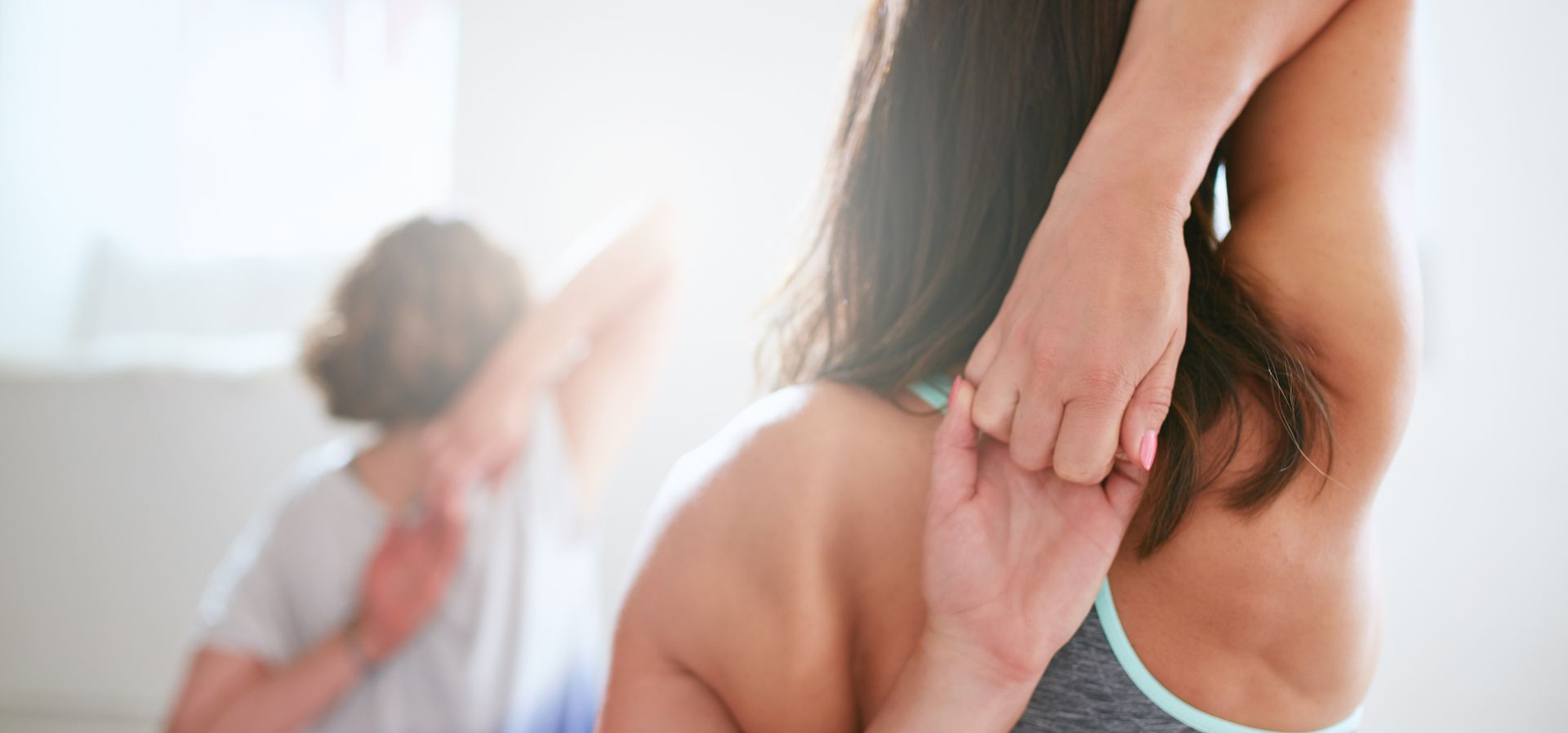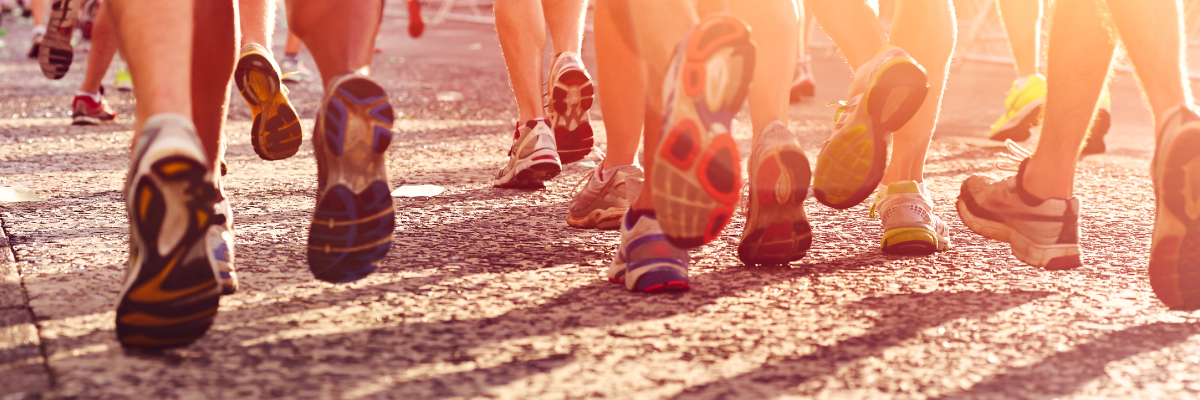10333 E. 21st N. #406 | Wichita, KS 67206 Phone: 316-630-9944
Physical Therapy for Urinary Incontinence
You don’t have to suffer from urinary incontinence.
Over 20 million people suffer with urinary incontinence. The majority of these are women and most of these women don’t even mention it to a health care provider for seven years. A recent study in the Annuals of Internal Medicine (May 2006) stated that a three question test could help clinicians diagnose two most common types of urinary incontinence.
- Have you leaked urine in the last 3 months,
- When do you leak urine, and
- When do you leak urine to most?
Having a simple process that has proven to be highly sensitive to the correct diagnosis should enable women to be connected to the resources that are in the community to assist with the treatment of urinary incontinence.
Since treatment options are available, why do women take seven or more years to seek treatment? Many women think that urinary incontinence is an inevitable consequence of having children, but this assumption has been challenged by 2005 research findings in Obstetrics and Gynecology that show the correlation between urinary incontinence and vaginal birth is not a clear link. This study looked at the prevalence of urinary incontinence in post-menopausal sisters, one who had children and one who did not. The study found no significant difference in severity or type of urinary incontinence between the sisters. It did show a familial predisposition or genetic correlation.
One thing is clear, if you leak urine, something is not working the way it’s supposed to. If you want to control your urinary incontinence, you first need to look at what’s causing the problem, and then take appropriate action. That’s why it’s important for women to understand how their bodies work so they can be active participants in decisions about their treatment.
What are the types of urinary incontinence?
There are several types of urinary incontinence:
- The type that has you racing to the bathroom to “beat your bladder” is known as urge incontinence. Another common name for this type of urinary incontinence is “overactive bladder.”
- If you leak urine when you cough, sneeze or exercise, you’re suffering from stress incontinence.
- If you suffer from both then you have what is called mixed incontinence.
- Functional incontinence is when you’re unable to get to the bathroom in time because of weakness or pain that impairs your ability to move.
Your bladder is a muscular organ that holds urine. During urination, muscles in the bladder contract or tighten to force urine out of the bladder, into a tube called the urethra, and then out of the body. When the bladder contracts, the muscles around the urethra relax and allow the urine pass through. Spinal nerves control how these muscles move and how your bladder contracts, and the muscles under voluntary control are known as pelvic floor muscles. These muscles are controlled by nerves coming from the sacral segments of your spinal cord. Your bladder, on the other hand, is controlled by nerves in the thoracic and lumbar region of your spine.
When everything is working properly, your body senses when the bladder is full, and you decide if it’s a convenient time to empty your bladder. If you’re hydrating properly, you should need to empty your bladder at regular intervals, but you should be able to wait for about three hours between voids. Your degree of urgency, or the message that you need to void, should match the volume in the bladder. In other words, if it’s a mild urge, then you should not have an overly full bladder. If your urge is very strong, you should not just have a small amount of urine. In addition, you should feel like your bladder is empty after urination, and you should not have to push or wait for your urine to start to flow once you sit on the toilet.
What causes urinary incontinence?
Urinary incontinence can be caused by a variety of issues:
- Infection
- Certain types of medical conditions or diseases, such as spinal stenosis, multiple sclerosis or diabetes
- Hormonal changes (atrophic vaginitis)
- Organ prolapse
- Lack of strength and coordination of the pelvic floor muscles
Leakage associated with exercises or when you cough or sneeze occurs when the pressure exerted on the bladder overcomes the sphincter’s ability to prevent urine escaping, which could be related to a weakness or miscoordination of the sphincter muscles. Inappropriate urge, or urge incontinence, can be due, in part, to bad habits, but another possibility is due to nerves controlling the action of the bladder or sphincter muscles are not working properly.
Today, there are more treatment options available for urinary incontinence. Surgeries have been performed for many years, including a new approach that implants your own adult stem cells into the urethra. While effective in experiments, it is a costly procedure that is not available in the United States. Generally, the simplest and safest treatments should be tried first.
At Palmer Physical Therapy for Women, a female physical therapist will approach treatment of urinary incontinence by evaluating and identifying the nerve and muscle issues associated with urinary incontinence. If the nerves in your back are impaired due to chronic inflammation, it stands to reason that the muscles and organs they supply would not function normally either. By treating the source of the inflammation, such as limited spinal and hip motion, poor body mechanics and postural problems, you can set the stage for retraining and strengthening muscles.
Muscles in your pelvic floor are not the only weak muscles contributing to urinary incontinence. Abdominal muscles are a key player, too, and most people do not engage the deepest layer of abdominal muscles, the transverse abdominus, effectively. In addition to proper spine mobility, strong and coordinated core muscles, proper voiding habits also play a role in a healthy urinary system. By addressing all problems simultaneously, you are more likely to get the lasting results you want.
Taking care of your body requires information and assistance from those trained to help you identify and rectify the contributors to the problem, and, at Palmer Physical Therapy for Women, we can put together a simple and effective treatment for your urinary incontinence.
Palmer Physical Therapy for Women



Proven results,
best outcomes for your money.
Palmer Physical Therapy for Women
10333 E. 21st N. #406 | Wichita, KS 67206
Phone: 316-630-9944